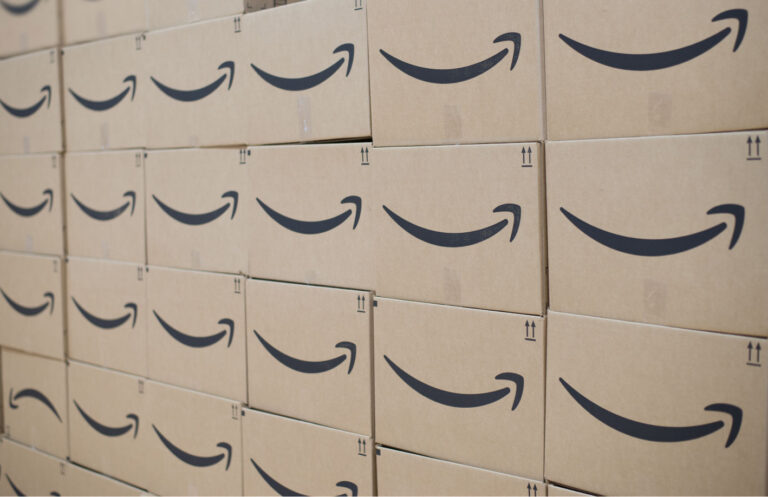Christmas is approaching, and with it, the hottest retail season. And this year, one protagonist is gaining even more strength as the main battleground for sales: WhatsApp. According to a specialized report produced in partnership with Opinion Box, the channel remains the primary means of contact between consumers and brands in Brazil. The study shows that 30% of Brazilians already use the app to make purchases, while 33% prefer it for post-sale, surpassing traditional methods such as email and telephone.
“For years, WhatsApp was just a messaging app. Today, it’s the busiest marketplace in Brazilian digital retail,” says Alberto Filho, CEO of Poli Digital, a company from Goiás that works with official WhatsApp communication solutions.
And so, the pressure to beat the competition and for quick results at this time of year leads many companies to adopt practices that violate the policies of Meta, WhatsApp's parent company. The result? One of the biggest nightmares for any modern business: having their account banned.
“Understanding how the system works and what its limits are is important to ensure that the main sales showcase doesn't close its doors in the middle of Christmas week,” explains Mariana Magre, a specialist in WhatsApp customer service and Customer Success at Poli Digital.
She explains that the meteoric growth of WhatsApp Business has brought both opportunities and risks. The more essential the channel becomes, the greater the impact of its misuse. "The expansion has attracted not only legitimate businesses, but also spammers and scammers, which has led Meta to tighten its vigilance over suspicious behavior," she explains.
Meta Platforms announced that, between January and June 2025, more than 6.8 million WhatsApp accounts were banned, many of them associated with fraudulent operations, as part of a broader effort to crack down on the abuse of its messaging services by criminals.
“Meta’s system analyzes behavioral patterns to identify spam-like activity. Warning signs include sending an abnormally high volume of messages in a short period, a high rate of blocks and reports, and sending messages to contacts who have never interacted with the brand.”
The consequences vary. A temporary block can last hours or days, but a permanent ban is devastating: the number becomes unusable, all chat history is lost, and contact with customers is immediately cut off.
However, the expert from Poli Digital details that the majority of blocks occur due to a lack of technical knowledge. The most common infractions involve the use of unofficial versions of WhatsApp, such as GB, Aero, and Plus, and mass messaging via "pirate" APIs. These tools are not approved by Meta and are easily tracked by security algorithms, leading to almost certain bans.
Another serious mistake is buying contact lists and sending messages to people who haven't authorized receiving them (without opt-in). Besides violating the platform's rules, this practice drastically increases the rate of spam complaints.
The absence of a structured communication strategy worsens the situation: the excessive sending of irrelevant promotions and disregard for WhatsApp's commercial policies compromise the so-called Quality Rating, an internal metric that measures the "health" of the account. "Ignoring this rating and insisting on bad practices is the shortest path to a permanent block," Mariana emphasizes.
To operate safely, it is essential to understand the differences between the app versions:
- WhatsApp Personal: designed for individual use.
- WhatsApp Business: free, suitable for small businesses, but with limitations.
- Official WhatsApp Business API: a corporate solution that enables automation, multiple agents, CRM integration, and, above all, scalable security.
It is in this last point that the "trick" lies. The Official API operates within Meta's parameters, with pre-approved message templates, mandatory opt-in, and native protection mechanisms. Furthermore, it ensures that all communication follows the required quality and consent standards.
“At Poli Digital, we help companies make this transition safely, centralizing everything on a platform that integrates the official WhatsApp API with CRM. This eliminates the risk of blocks and keeps operations compliant,” explains Mariana.
A prime example is Buzzlead, a company that uses WhatsApp extensively for notifications and engagement. Before migrating, the use of unofficial messaging platforms caused recurring blocks and message loss. “When we started sending large volumes, we faced problems with number blocking. It was through Poli that we learned about the official WhatsApp API and were able to resolve everything,” says José Leonardo, director of Buzzlead.
The change was decisive. With the official solution, the company began operating without physical devices, using approved templates and drastically reducing the risk of being banned. "The results improved significantly, with a higher read rate and better delivery of notifications," the executive added.
Mariana summarizes the central point: “Migrating to the Official API is not just a tool swap, it's a change in mindset. Poli's platform organizes workflows, ensures compliance with rules, and monitors account quality in real time. The result is peace of mind to focus on what really matters: selling and building relationships with customers, especially at Christmas.”
"And if Christmas is the peak of sales, safety and compliance become the real gift for those who want to continue growing in 2025," concludes Alberto Filho.











